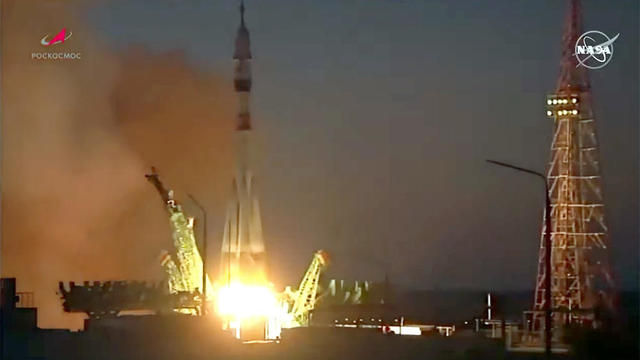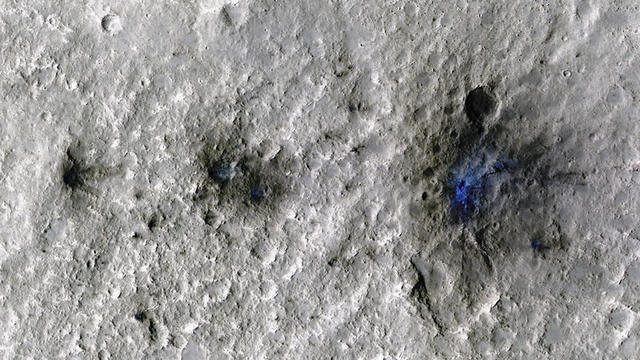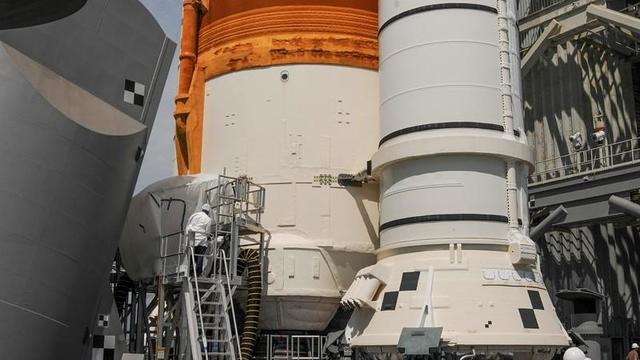
How to watch NASA spacecraft crash into asteroid at 15,000 mph
NASA scientists are gearing up for the world's first mission testing planetary defense — and they want you to watch.


NASA scientists are gearing up for the world's first mission testing planetary defense — and they want you to watch.

The first Artemis program moonshot likely will be delayed to November.

The 14,000-mph impact is designed to test whether a future threatening asteroid can be nudged off course.

The DART spacecraft is set to purposely crash into an asteroid — a test for a potential real threat far in the future.

Stargazers can get the view of a lifetime on Monday night as Jupiter makes its closest approach to Earth since 1963.

This was the 387th flight of a Delta rocket since 1960 and the 95th and final launch from Vandenberg Space Force Base.

NASA aims for Tuesday launch of oft-delayed Space Launch System rocket, but forecasters are 80% no-go.

Monday will be a monumental day for the "history of humankind" as a high-speed spacecraft smashes into an asteroid at nearly 15,000 mph.

The ALMA radio telescope in Chile's Andes mountains picked up something "really puzzling" in the Sagittarius A* data, scientists said.

Engineers are reviewing test data to determine if NASA can press ahead toward a September 27 launch target.

Frank Rubio's Soyuz launch is NASA's first under an agreement that also calls for cosmonaut launches on SpaceX ferry ships.

Webb's unprecedented infrared imaging capabilities provide a new glimpse into the farthest planet from the sun.

It turns out it's more of a "bloop" than a "boom."

Along with a leak-free fueling test, NASA needs Space Force clearance to press ahead for a third launch try September 27.

The rover is collecting samples rich in the raw materials of life, but laboratory analysis on Earth will be needed to draw conclusions.


Our website uses cookies to improve your experience. Learn more